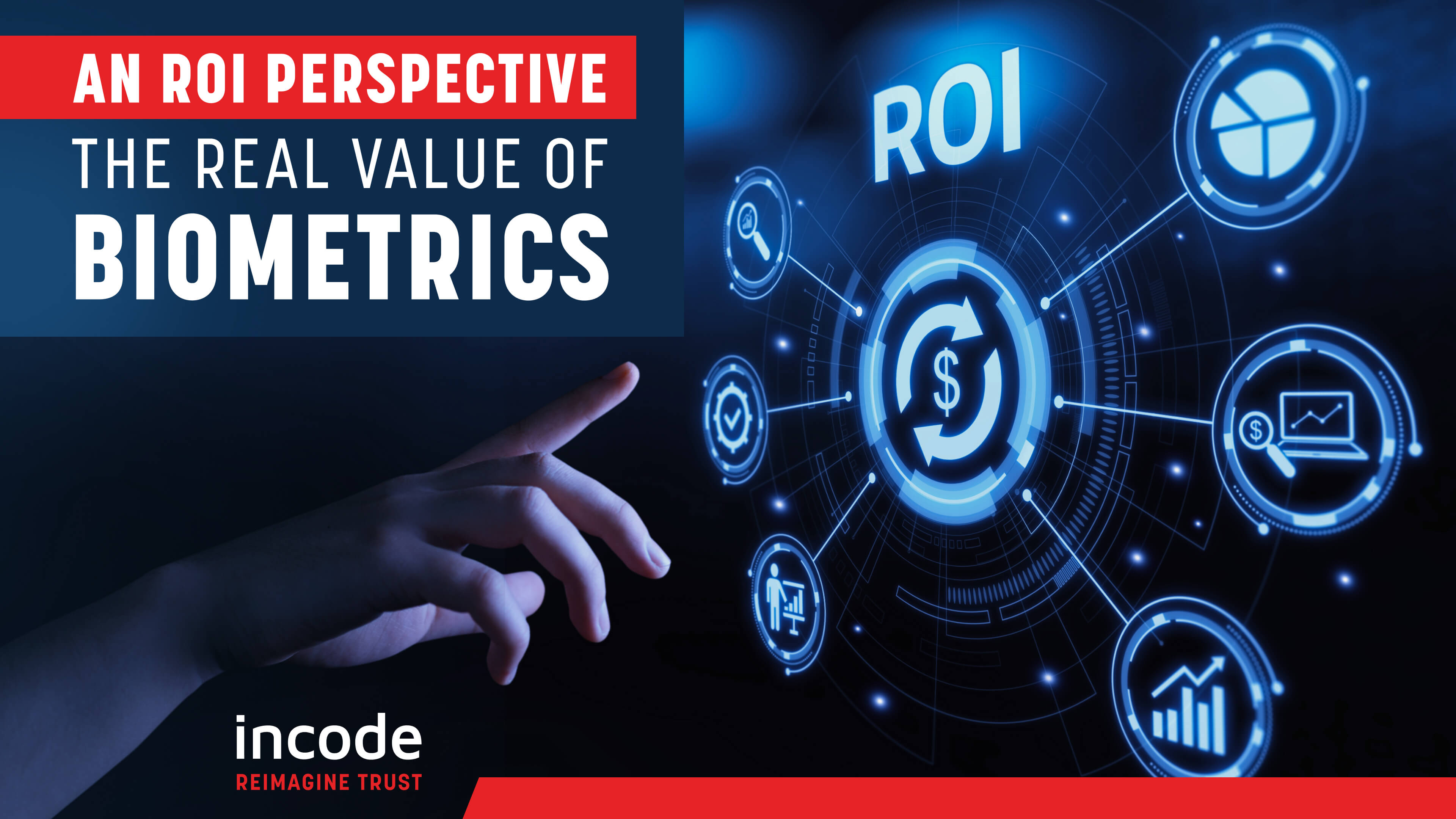An ROI Perspective Uncovers the Real Value of Biometrics
Maximizing Returns: Calculating ROI from Biometric Identification Services
In our relentlessly digitalizing society, businesses and organizations are increasingly turning to biometric identification services, driven by a variety of different pressures, and sometimes rushing headlong into a solution knowing that the business case is universal.
The big motivation for significant investment is that these services, which include fingerprint scanning, facial recognition, iris scanning, among other technologies, elevate the level of security and efficiency in so many use cases.
The benefits are so glaring that the bottom-line business case gets short shrift. However, path you take to invest in, evaluate, and leverage such technologies can help you find the right balance between applicable use cases, the extent of your resource commitment, and customization through the API. It’s crucial for businesses to understand the Return on Investment (ROI) they can expect, and the opportunities to shift the cost-benefit equation.
Let’s look at how ROI principles apply to biometric identification services.
Understanding Biometric Identification Services
Biometric identification involves recognizing individuals based on their unique physical or behavioral characteristics – face verification being most common. Its applications range from enhancing security protocols to streamlining operations. Before delving into ROI calculations, it’s important to understand the costs involved, including initial setup, equipment, software, and ongoing maintenance.
Key Factors in ROI Calculation
- Cost Reductions: Biometrics can significantly reduce costs associated with traditional security measures, like key cards or security personnel.
- Efficiency Gains: Faster processing times and reduced need for manual checks increase operational efficiency at multiple employee or customer touchpoints.
- Fraud Prevention: By reducing instances of identity fraud, biometrics can save substantial amounts in potential losses.
Step-by-Step Guide to Calculating ROI
Step 1: Calculate Initial and Ongoing Costs
- Initial Costs: Include the purchase of hardware, software, and installation – minimize these cost factors with a SaaS-based strategy.
- Ongoing Costs: Regular maintenance, software updates, and potential training for staff.
Step 2: Identify and Quantify Benefits
- Cost Savings: Measure the reduction in costs related to security breaches, fraud, and time savings.
- Productivity Improvements: Estimate the value of increased efficiency and time savings for employees.
- Intangible Benefits: Consider improved customer trust and compliance with security standards, though these may be harder to quantify.
Step 3: Use the ROI Formula
ROI=Total Benefits−Total CostsTotal Costs×100%ROI=Total CostsTotal Benefits−Total Costs×100%
Step 4: Analyze and Interpret Results
- While a negative ROI suggests a need for reassessment of the biometric system or its implementation strategy, even positive ROI may have potential for improvement.
- Looking at the hot buttons in your industry, can your existing biometrics investment be leveraged to address challenges you have now?
Whatever the ROI calculations reveal, think about the ability to identify customers in person also. Once you know who walked in the door the opportunities for service personalization are many – from offering special service options to VIP customers to alerting for potential fraud or retail theft.
Considerations and Best Practices
Part of what can limit your ROI is thinking about biometric authentication as only a gatekeeper for your website or facilities. The same platform you use for those tasks brings capabilities to so many other potential use cases.
- Customization: Of course, you can tailor the ROI calculation to reflect your specific business context and objectives. The whole benefit of no-code, low-code, and full API options is to tailor your platform’s capabilities to fit your vision and requirements.
- Data Accuracy: Ensure the data used in the calculation is accurate and up-to-date.
- Long-Term Perspective: Consider the long-term benefits and not just the immediate impact.
Conclusion
The implementation of biometric identification services can be a significant investment, but one that potentially offers substantial returns. By carefully calculating the ROI, businesses can make informed decisions about adopting these technologies.
Think about first principles of customer personalization – what customer touchpoints could benefit from Biometrics? To enhance ROI, think about the biometric verification process as more just a way to secure things, but as a way to know your customer. If you can recognize your customer, their existing status, balance, preference, and analytic data can drive service personalization to new heights.
As biometrics continue to evolve and become more integrated into various industries, understanding their financial impact will be crucial for any forward-thinking organization.
